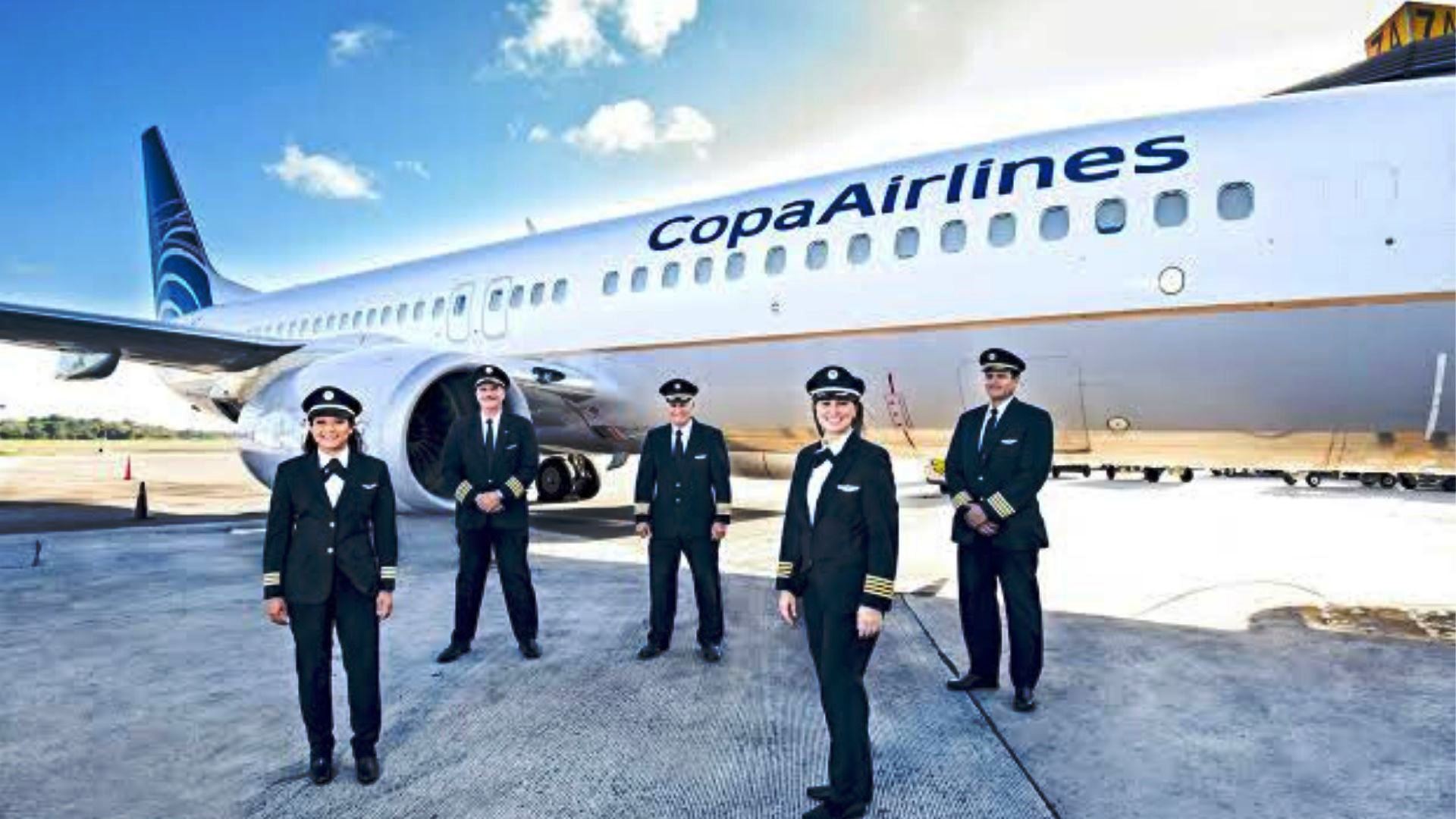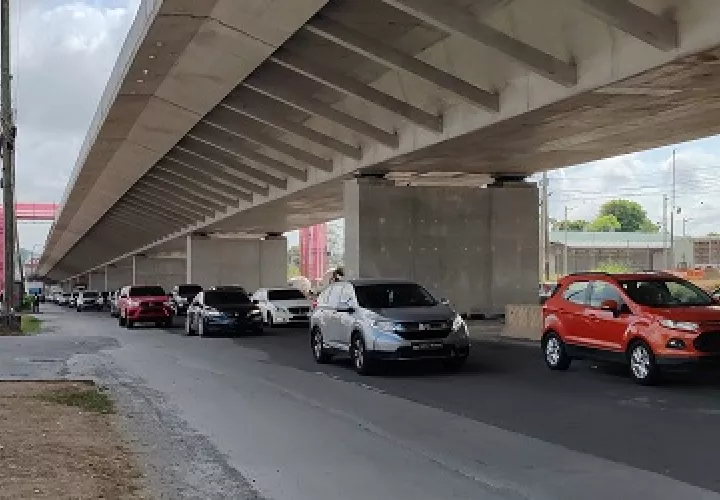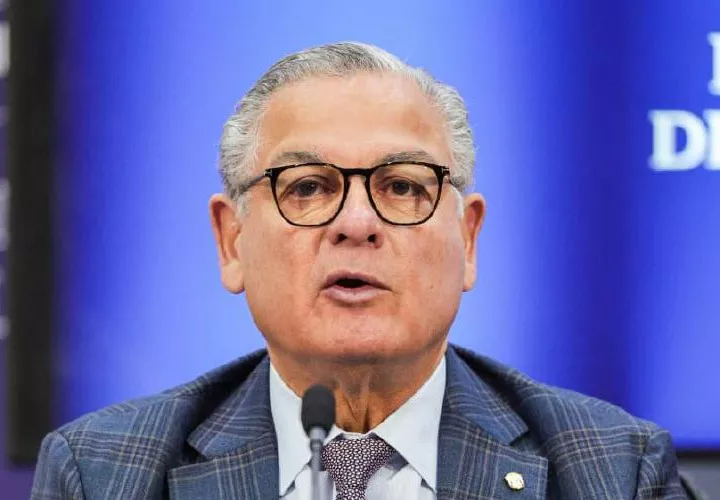PANAMA CANAL: Recent historical background

THE PANAMA Canal Authority (ACP) has run into a shoal while working on elaborate plans to mark the 100th anniversary of the opening of the Panama Canal.

The completion of the Canal expansion project, originally scheduled for 2014, is already close to a year behind schedule and now faces the possibility of further delays combined with massive cost overruns.
As the ACP and its advisors, and the Spanish embassy in Panama struggle to cope with the threat of a work stoppage by the contractors working on the third set of locks in Colon, the EFE news agency provides a background summary of recent events.
It shows among other things, that although the current economy has benefited from the increase in jobs and investment, it was a prior administration that initiated a referendum and made the decision to go ahead with the project. Efe writes:
The third set of locks of the Panama Canal is an ambitious and complex project which will expand global maritime trade.
The Panama Canal, through which more than 5% of world trade passes, currently has a length of fifty miles between the Atlantic and Pacific oceans, using a system of locks and each lane has its own set of locks.
By a 1977 agreement between presidents Jimmy Carter and Omar Torrijos Panama received n December 31, 1999 the transfer of the Canal from the United States and ended 85 years of U.S. military presence .
Throughout the past fourteen years, the Canal has contributed $8,590 million to the national treasury and invested over two billion dollars in maintaining its structure.
This waterway runs 24 hours a day without interruption throughout the year, and the major world economies that use it are the United States and China.
The average time it takes a ship to cross the Canal is 25.66 hours.
The challenge of enlargement emerged to cope with the increased traffic of ships, particularly ships larger than Panamax, which are the largest that can currently transit the Canal.
In addition, it will increase from 300 to 600 million tons the annual load carrying capacity
In 1993, a joint study by the United States, Panama and Japan recommended the construction of a third set of locks.
On 24 April 2006 the Canal expansion project was announced with the construction of a third set of locks, with an investment of $5. 25 billion, to be financed by tolls from users of the Canal and additional funding of $2,300, million.
The set of locks under construction will add a third lane of traffic to the Canal for vessels with more carrying capacity, which will double the ability of the waterway to meet the demand of world maritime trade.





